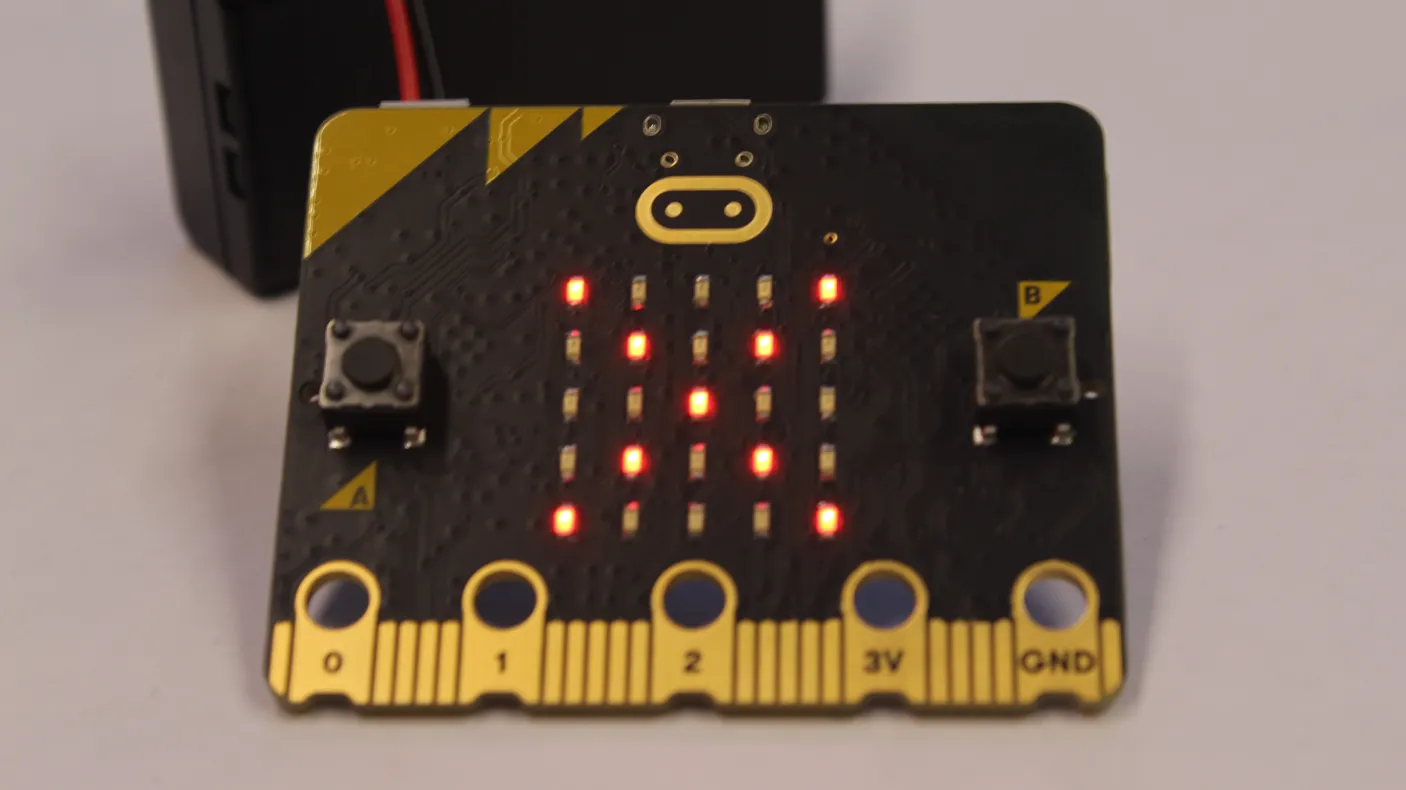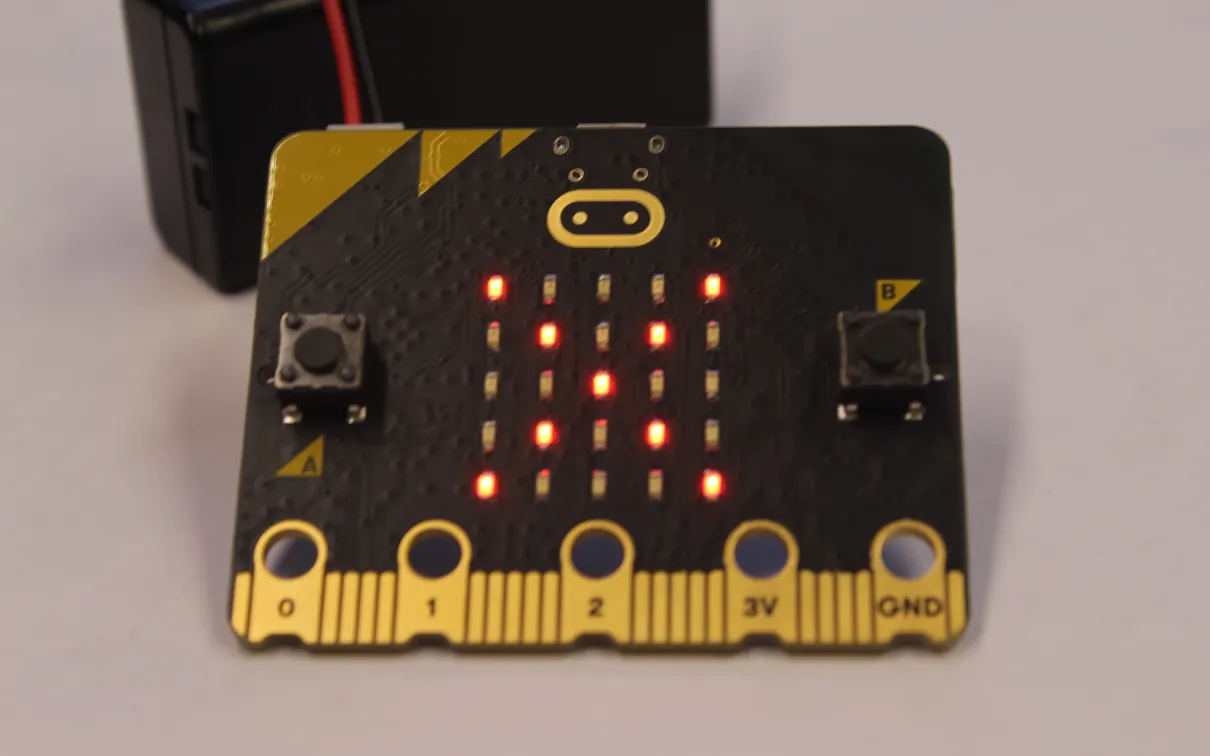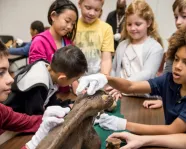Electronics for Kids
Category
Duration
Audience
Age
Grades
Subjects
About this lesson
In this exciting hands-on program, students will use micro:bits — child friendly, small, battery powered circuit boards — to build computer science and computational thinking skills.
In this exciting hands-on program, students will learn how circuit boards work. Students will use micro:bits, which are child friendly, small, battery powered circuit boards. Using these circuit boards alongside tablets, students will be able to build on their computer science and computational thinking skills. Accelerometers! LEDs! All will get used in this highly engaging 60-minute lesson. This lesson also connects computational thinking in electronics, with the idea of symbols and languages as communication in early and current societies. Closely aligned with the Coding and Emerging Technologies strand of the Ontario Curriculum, don’t miss out on this fun way to learn basic computer science and engineering at ROM.
| Delivery Language | This lesson is only offered in English. |
| Activities |
|
| Galleries/Location | Makerspace |
| Format | Classroom lesson |
| Pricing | $18.50/person |
| Minimum Group | 15 |
| Maximum Group | 35 |
Learning Goals
Develop foundational coding skills using platforms like Python, MakeCode, and Scratch with micro:bits.
Collaborate to solve problems and complete projects that incorporate programming of LEDs, accelerometers, and sensors.
Explore computational thinking alongside basic principles of physics, optics, and electronics within computer science and engineering contexts.
Target Classes
| Grade 3 |
|
| Grade 4 |
|
| Grade 5 |
|
| Grade 6 |
|
| Grade 7 |
|
| Grade 8 |
|


